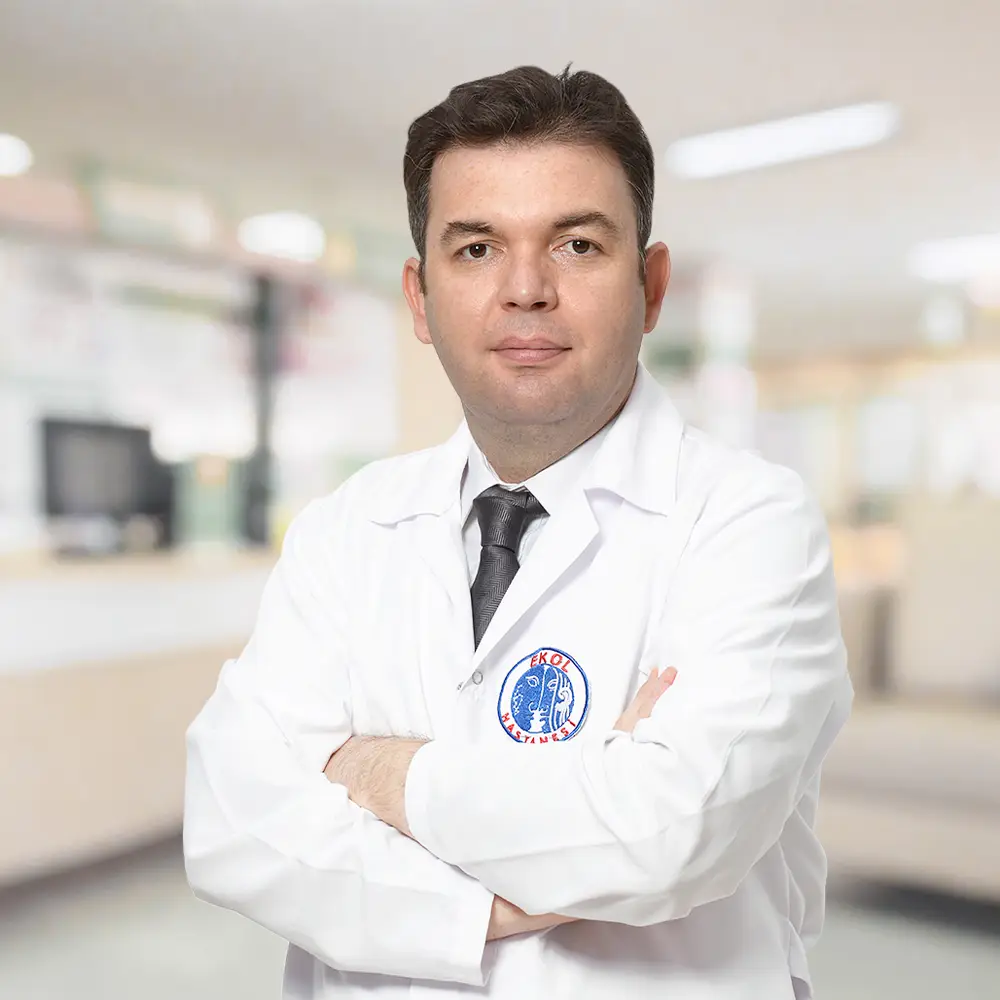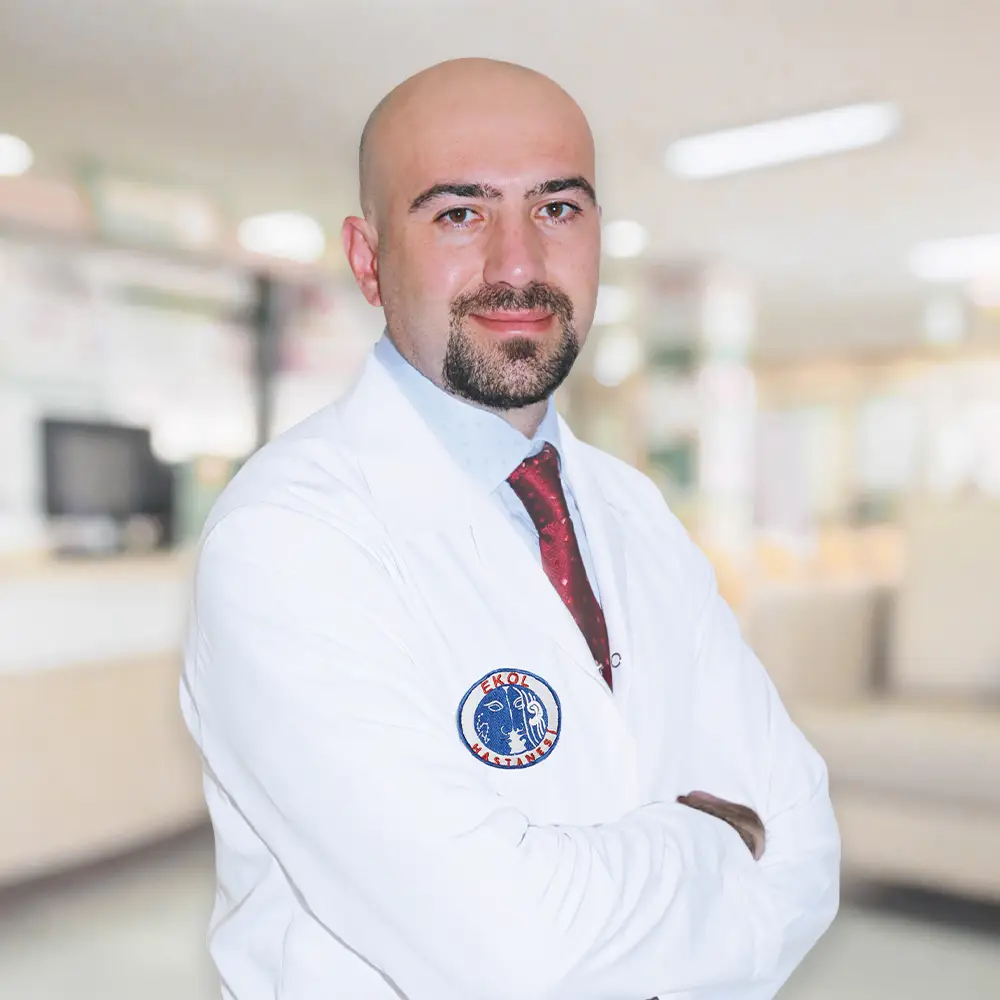Liposuction, sometimes referred to as “lipo” by patients, slims and reshapes specific areas of the body by removing excess fat deposits and improving your body contours and proportion.
During liposuction, small, thin, blunt-tipped tubes (cannula) are inserted through tiny cuts in the skin. Fat is suctioned out through these tubes as the doctor moves the tubes around under the skin to target specific fat deposits. New methods such as Vaser or Laser are very popular.
15 YEARS OF EXPERIENCE IN AESTHETIC SURGERIES USING THE STATE-OF-THE-ART EQUIPMENT AND 100% PATIENT SATISFACTION
Liposuction, also known as lipoplasty, is a popular cosmetic surgery procedure designed to remove excess fat from specific areas of the body, improving its shape and contours. It's particularly effective for areas where fat tends to accumulate, such as the abdomen, thighs, buttocks, neck, and arms.
Liposuction is not a weight-loss solution but rather a contouring technique for those who struggle with fat deposits that are resistant to diet and exercise.
The procedure involves the use of a hollow instrument called a cannula, which is inserted under the skin. A powerful vacuum is then applied to suction out the fat. Recovery time varies, and while it can effectively reshape body contours, maintaining results requires a healthy lifestyle.
It's essential to have realistic expectations and consult with a qualified plastic surgeon to determine suitability for the procedure.
Liposuction can be used to treat various areas of the body where localized fat deposits are a concern. Some of the common areas that can be treated with liposuction include:
It's important to note that the specific areas that can be treated with liposuction may vary depending on the individual's anatomy and the surgeon's expertise. Additionally, liposuction should be considered as a contouring procedure rather than a weight-loss method, and the suitability of treatment for each area should be discussed with a board-certified plastic surgeon during a consultation.
The liposuction procedure is a surgical technique designed to remove excess fat from specific areas of the body to improve its shape and contours. Here is an overview of how the liposuction procedure works:
Liposuction is a versatile procedure that can be customized to address various body areas and achieve the desired contouring results. To ensure a safe and successful outcome, it's essential to choose a board-certified plastic surgeon with experience in liposuction techniques and follow their postoperative care instructions diligently.
No, liposuction is not a weight-loss method. Liposuction is a cosmetic surgical procedure designed primarily for body contouring and the removal of localized, stubborn fat deposits in specific areas of the body. It is not intended as a solution for significant weight loss.
Here are some important points to understand regarding liposuction and weight loss:
In summary, liposuction is a cosmetic procedure primarily aimed at body contouring and removing localized fat deposits in individuals who are already close to their desired weight. It is not a weight-loss method, and it should not be used as a substitute for healthy lifestyle changes when significant weight reduction is the goal.
The long-term maintenance of liposuction results depends on several factors, including individual lifestyle choices and adherence to a healthy routine. Here are key considerations regarding the maintenance of liposuction results:
It's important to note that while liposuction permanently removes fat cells from treated areas, it does not prevent new fat cells from forming in untreated areas or prevent natural changes in body composition due to aging. Therefore, maintaining a commitment to a healthy lifestyle is crucial for sustaining the long-term benefits of liposuction and achieving overall well-being.
 Operating Doctor Cenk Melikoğlu was born in Görele, in 1978. In 2002, he graduated from Dokuz Eylül University Faculty of Medicine. Between the years of 2003 and 2010, he did his specialization in İzmir Atatürk Training and Research Hospital, Aesthetic and Plastic Surgery Clinic. In 2015, he worked as a guest lecturer in the American Hospital of Paris. When abroad, he especially focused on the transfer of free vascular lymph nodes for lymphedema treatment, in the field of microsurgery. He participated in numerous training and meetings in this area. There are more than 30 articles in the literature, which were published in national and international journals. Since 2016, he has been working in İzmir Özel Ekol ENT Hospital in Aesthetic Plastic Surgery and Cosmology Clinic. He speaks English well. He is married and has one child.
His special interests are; Breast Aesthetics & Dual-Plan Method, Aesthetic nose surgery, Lymphedema surgery, Endoscopic facial stretching, Aesthetic body shaping surgery (abdominal stretching, liposuction, aesthetic breast surgery), Hair transplantation with FUE method, Migraine surgery, Gynecomastia correction, Genital aesthetics (especially penis enlargement), Lymphedema Treatment (Laser Assisted, With Microcannula Lymph Protective Method), Penis Enlargement (Length & Thickness Combined Method), Migraine Surgery (Closed Method with Scopy). He was entitled to receive the "Proficiency Certificate" by being successful in the examination, which was held by the Turkish Plastic Surgery Association in 2010. In 2015, he participated in a scientific competition by Gülhane Military Medical Academy with his study 'Saddle-nose deformity repair with micro-plate-adapted costal cartilage.’ He has won the first place in the field of surgical medicine. In 2018, he worked at Weiss Memorial Hospital in Chicago, USA for three months in April, May and June on advanced techniques on gender reassignment and penis enlargement in men. He is still continuing his academic and scientific studies.
Operating Doctor Cenk Melikoğlu was born in Görele, in 1978. In 2002, he graduated from Dokuz Eylül University Faculty of Medicine. Between the years of 2003 and 2010, he did his specialization in İzmir Atatürk Training and Research Hospital, Aesthetic and Plastic Surgery Clinic. In 2015, he worked as a guest lecturer in the American Hospital of Paris. When abroad, he especially focused on the transfer of free vascular lymph nodes for lymphedema treatment, in the field of microsurgery. He participated in numerous training and meetings in this area. There are more than 30 articles in the literature, which were published in national and international journals. Since 2016, he has been working in İzmir Özel Ekol ENT Hospital in Aesthetic Plastic Surgery and Cosmology Clinic. He speaks English well. He is married and has one child.
His special interests are; Breast Aesthetics & Dual-Plan Method, Aesthetic nose surgery, Lymphedema surgery, Endoscopic facial stretching, Aesthetic body shaping surgery (abdominal stretching, liposuction, aesthetic breast surgery), Hair transplantation with FUE method, Migraine surgery, Gynecomastia correction, Genital aesthetics (especially penis enlargement), Lymphedema Treatment (Laser Assisted, With Microcannula Lymph Protective Method), Penis Enlargement (Length & Thickness Combined Method), Migraine Surgery (Closed Method with Scopy). He was entitled to receive the "Proficiency Certificate" by being successful in the examination, which was held by the Turkish Plastic Surgery Association in 2010. In 2015, he participated in a scientific competition by Gülhane Military Medical Academy with his study 'Saddle-nose deformity repair with micro-plate-adapted costal cartilage.’ He has won the first place in the field of surgical medicine. In 2018, he worked at Weiss Memorial Hospital in Chicago, USA for three months in April, May and June on advanced techniques on gender reassignment and penis enlargement in men. He is still continuing his academic and scientific studies. He graduated from Eskişehir Osmangazi University Faculty of Medicine in 2008. He studied at Kaunas Medical Faculty between the years 2007 and 2008. He completed his specialization on Plastic, Reconstructive and Aesthetic Surgery Department at Afyon Kocatepe University between the years 2009 and 2014. He has 5 original articles published in national and international scientific journals, and 13 verbal and written academic papers presented in national congresses. He continues the academic studies. He received the competence certificate of Turkish Plastic Reconstructive and Aesthetic Surgery after his success in the exam in 2016. He did well in European Plastic Surgery Competence Written Exam that took place in Brussels in 2019.
Fields of Interest: Rhinoplasty Neck lift surgery, Face lift Surgery, Otoplasty, Tummy tuck, Liposuction, Breast augmentation / reduction / mastopexy, Gynecomastia, Genital aesthetics, Blepharoplasty, Lipoedema surgery, Penis enlargement (lengthening and thickening surgery), Fat injections
He graduated from Eskişehir Osmangazi University Faculty of Medicine in 2008. He studied at Kaunas Medical Faculty between the years 2007 and 2008. He completed his specialization on Plastic, Reconstructive and Aesthetic Surgery Department at Afyon Kocatepe University between the years 2009 and 2014. He has 5 original articles published in national and international scientific journals, and 13 verbal and written academic papers presented in national congresses. He continues the academic studies. He received the competence certificate of Turkish Plastic Reconstructive and Aesthetic Surgery after his success in the exam in 2016. He did well in European Plastic Surgery Competence Written Exam that took place in Brussels in 2019.
Fields of Interest: Rhinoplasty Neck lift surgery, Face lift Surgery, Otoplasty, Tummy tuck, Liposuction, Breast augmentation / reduction / mastopexy, Gynecomastia, Genital aesthetics, Blepharoplasty, Lipoedema surgery, Penis enlargement (lengthening and thickening surgery), Fat injections  He was born in 1990 in Isparta.
He studied at Ankara University Faculty of Medicine between 2008-2015.
Between 2016 and 2022, he graduated from Dokuz Eylül Faculty of Medicine, Department of Plastic, Reconstructive and Aesthetic Surgery.
He worked at Izmir Bozyaka EAH, Düzce Atatürk DH and Isparta City Hospital.
He is a member of Izmir Medical Chamber and Plastic Surgery Association.
Fields of Interest:
Rhinoplasty Neck lift surgery, Face lift Surgery, Otoplasty, Tummy tuck, Liposuction, Breast augmentation / reduction / mastopexy, Gynecomastia, Genital aesthetics, Blepharoplasty, Lipoedema surgery, Penis enlargement (lengthening and thickening surgery), Fat injections
He was born in 1990 in Isparta.
He studied at Ankara University Faculty of Medicine between 2008-2015.
Between 2016 and 2022, he graduated from Dokuz Eylül Faculty of Medicine, Department of Plastic, Reconstructive and Aesthetic Surgery.
He worked at Izmir Bozyaka EAH, Düzce Atatürk DH and Isparta City Hospital.
He is a member of Izmir Medical Chamber and Plastic Surgery Association.
Fields of Interest:
Rhinoplasty Neck lift surgery, Face lift Surgery, Otoplasty, Tummy tuck, Liposuction, Breast augmentation / reduction / mastopexy, Gynecomastia, Genital aesthetics, Blepharoplasty, Lipoedema surgery, Penis enlargement (lengthening and thickening surgery), Fat injections  He was born in 1987 in Trabzon.
He graduated from Karadeniz Technical University Faculty of Medicine between 2008-2015.
He worked as a general practitioner at Fındıklı Guatr Training and Research Hospital and Pazar State Hospital.
Between 2014-2021, he received the title of plastic, reconstructive and aesthetic surgery specialist at İnönü University Turgut Özal Medical Center.
In 2021, he worked at Bayburt State Hospital and Bergama Necla-Mithat Öztüre State Hospital in 2022.
He worked in private hospitals between 2022-2023.
He is a member of Izmir Medical Chamber and Plastic Surgery Association.
He was born in 1987 in Trabzon.
He graduated from Karadeniz Technical University Faculty of Medicine between 2008-2015.
He worked as a general practitioner at Fındıklı Guatr Training and Research Hospital and Pazar State Hospital.
Between 2014-2021, he received the title of plastic, reconstructive and aesthetic surgery specialist at İnönü University Turgut Özal Medical Center.
In 2021, he worked at Bayburt State Hospital and Bergama Necla-Mithat Öztüre State Hospital in 2022.
He worked in private hospitals between 2022-2023.
He is a member of Izmir Medical Chamber and Plastic Surgery Association.